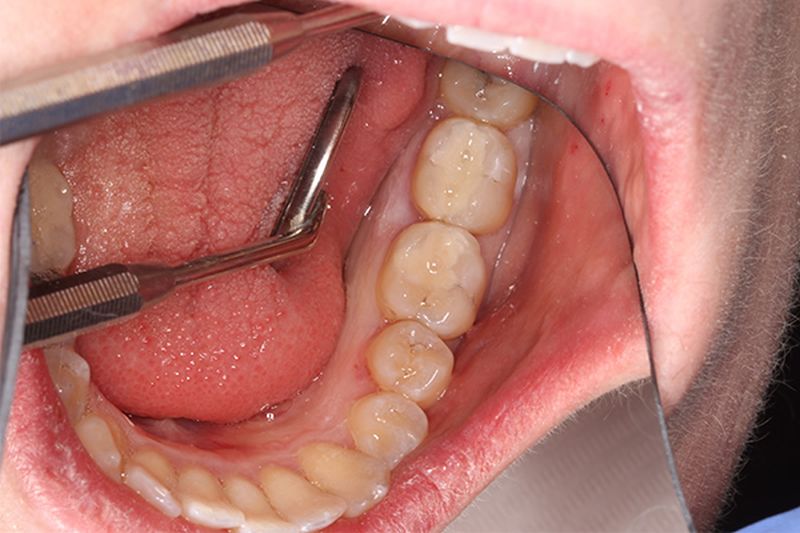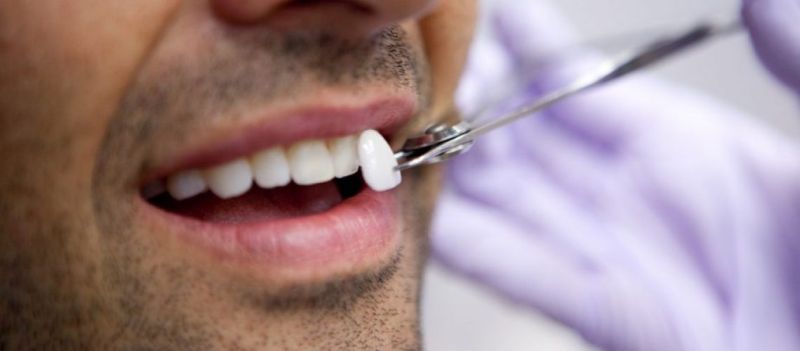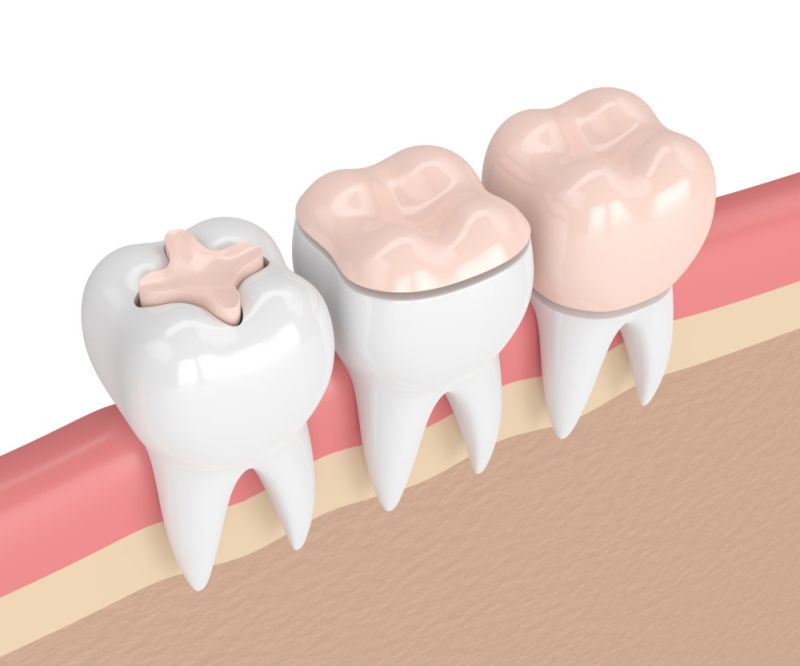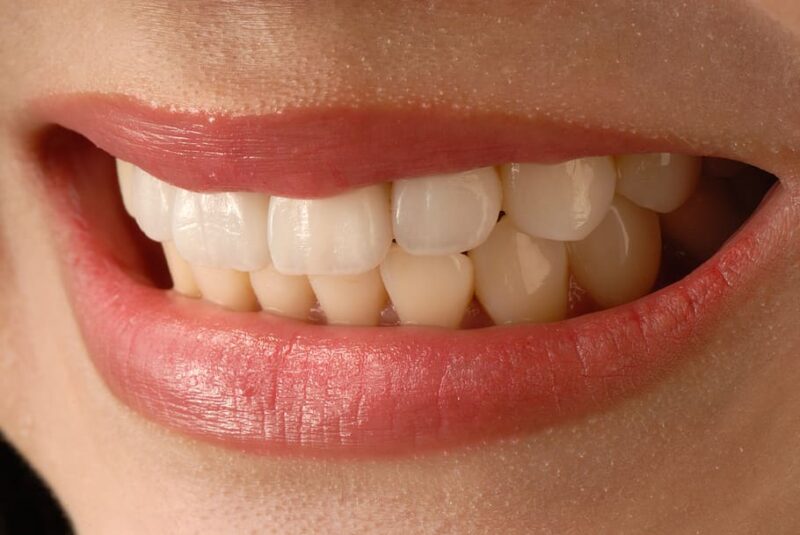The first thing a person notices when they meet someone new is that person’s smile. However, if an individual has a smile that they aren’t proud of because of missing teeth, crooked teeth, or other issues, they may choose to avoid smiling. There’s no need to do this.
With the help of cosmetic dental procedures, anyone can have a smile they want to share with others. Cosmetic dentists focus on improving the appearance of a patient’s smile by correcting problems with the teeth and gums.
While these procedures are elective, they might offer restorative benefits. Patients need to be aware of the many cosmetic dental procedures available today and work with their dentist to determine which ones best meet their needs and will provide the desired results.
Composite Bonding

Damaged, discolored, and decayed teeth detract from a person’s smile. Composite bonding corrects these issues with ease, and others cannot tell any work has been done. That’s because composite bonding makes use of materials that mimic the color of the patient’s natural tooth enamel.
The dentist begins by removing any tooth decay before filling the space with the composite. They then sculpt the composite so it blends in with the other teeth and provides the right shape. Once this process is complete, a high-intensity light cures the material. This procedure hides the damage to the tooth while restoring the smile.
Many patients choose bonding as it remains one of the least expensive cosmetic dentistry procedures offered today. Speak to the team at Wilmot Family Dentistry to see if this is the best option for your chipped or cracked tooth, those with tooth decay, and any tooth with worn-down edges.
Dental Implants

Dental implants replace missing or failing teeth to restore a person’s smile. Unlike dentures, a dental implant fuses with the patient’s jawbone to prevent bone loss. To accomplish this, the dentist places a titanium screw in the jawbone, and this screw provides the foundation for a crown. The dental implant appears to be a natural tooth and lasts a lifetime when cared for. Patients must care for the implant placement during the fusing process to ensure food and plaque don’t build up in the area and interfere with the healing process.
Patients often prefer implants over dentures, as the implant doesn’t move around in the mouth or interfere with proper speech and eating. This process takes months to complete, as the screw must fuse with the bone. However, dental implants don’t affect the tooth on either side. To install a bridge, the dentist must alter the tooth on either side to hold the bridge. Dental implants don’t require this, which many patients find to be a benefit. Tobacco use interferes with the fusing of the screw to the jawbone, so smokers will need to quit before moving forward with the process.
Dental Veneers

Dental veneers, often referred to as dental porcelain laminates or porcelain veneers, cover the tooth’s front surface to hide any damage and improve the smile. The wafer-thin shell comes in tooth-colored materials so the dentist can match the color to the other tooth. This shell bonds to the tooth to alter its shape, size, or color. Dental labs make veneers from their porcelain or resin composite. Porcelain resists stains and functions more like natural when reflecting light.
Dentists use veneers to fix a discolored tooth resulting from excessive fluoride use, large resin fillings, a root canal, or stains resulting from use of certain medications. Chipped or broken one benefit from dental veneers, as do teeth with gaps between them. Michael Strahan, a former NFL player, became known for the gap between his front one. Dental veneers would benefit his smile greatly. Dentists fix uneven, misaligned, and irregularly shaped teeth with the help of veneers and the same is true for teeth that are worn down.
Inlays and Onlays

Also referred to as indirect fillings, inlays and onlays benefit patients who have mild-to-moderate tooth decay. Created in a dental lab, the inlays and onlays may also help if the one lacks the structure to support a filling. When the tooth cusps remain intact, the dentist places the inlay directly on the surface it. Dentists use an onlay to cover the entire surface of the tooth in situations where much of the tooth or the cusp is damaged.
Dental labs create inlays and onlays using composite resin material so they look and feel like natural one. When the inlays and onlays arrive at the dental practice, the patient schedules an appointment to have them attached with adhesive dental cement. The inlays and onlays restore the natural shape of it, prevent further deterioration or decay, and strengthen it.
Teeth Whitening

Teeth whitening remains the most commonly requested cosmetic dental procedure today. Patients come in for a regular cleaning and then have the teeth whitened to restore their natural appearance. If the patient wants the teeth to be a lighter shade, bleaching serves as a better treatment option. Patients often try at-home whitening products only to be disappointed with the results.
Dentists have access to stronger products and can lighten the teeth more than at-home products are able to.Patients must recognize the results don’t last forever. Teeth become stained as a result of a person’s diet, personal habits, and medications. Any patient having their teeth whitened or bleached should speak to the dentist about how to reduce the risk of stains to protect the appearance of the teeth.

Contact a dentist today to learn about the many cosmetic procedures offered today. With the right procedure or combination of procedures, patients find they can have the smile they always dreamed of.
Sixty-five percent of men and women say their smile has a direct impact on their self-confidence, and 89 percent state a person with a great smile is more attractive than a person with an average smile. Keep this in mind and make your smile a priority. With the help of cosmetic dentistry, you can have a smile you love and want to show off in less time than you may have imagined.


